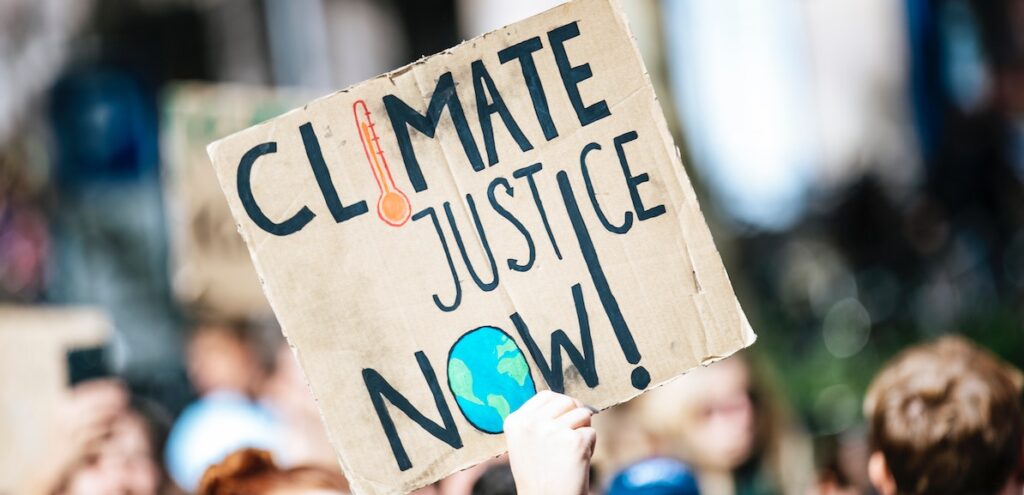Keeping Score on Justice40
Authored by T.J. Osborne, Federal Policy Manager

$369 billion. That’s how much money Congress approved to supercharge our country’s transition to a green economy. Now, we must ensure this money goes to the neglected and vulnerable communities it is supposed to, and not just into the hands of the same businesses building the same projects in the same wealthy areas.
And we have a powerful ally. As part of his Justice40 agenda, President Biden ordered 40% of all green investments from the Inflation Reduction Act to go to disadvantaged communities that are most impacted by climate change.
But how does the Federal government actually make these decisions about what communities are in need and where the money should go?
The White House Council on Environmental Quality (CEQ) has an answer, and it’s called the Environmental Justice Scorecard. This scorecard is an important new tool that is just now being developed. When it’s complete, it will help the federal government determine where resources are needed, measure progress, and demonstrate results – all while empowering communities.
But to achieve these goals, we first need to tell the White House to make three important considerations:
Community Engagement
Communities must be actively included in the grading process to ensure government investments meet their needs. The California Transformative Climate Communities, which empowers communities to create strategies that address unique environmental burdens, should be a model for this system. This includes consistent collaboration with communities during the decision-making process.
Transparency
The Scorecard should prioritize transparency, open and accessible government, and accountability throughout the entire grading system so we can have confidence in how the money is being spent. One potential solution is creating a user-friendly website so communities can track the progress of Justice40 and feel more connected to its success.
Measuring Economic and Environmental Health
Did federal agency efforts reduce exposure to harmful pollutants? Are minority-owned businesses benefitting from targeted investments? To truly measure how well federal agencies are helping disadvantaged communities, the Scorecard must go beyond socioeconomic data to include the full scope of issues that are facing these communities – whether that’s public health, economic development, or generational wealth.
Tracking progress is essential to long-term success
With historic climate investments rolling out over the next decade, the federal government has an unprecedented opportunity to build a cleaner, healthier future for communities across the nation. But will it be a better future for some or all of us?
The Environmental Justice Scorecard holds the government accountable for ensuring the path we’re on is one that’s green for all. If properly executed, the scorecard can help us rebuild the relationship between forgotten communities and the federal government while creating innovative ways to meet President Biden’s goal of targeting 40% of green investments toward communities that need it most.
Join us in urging the White House Council on Environmental Quality to improve the Environmental Justice Scorecard to prioritize community engagement, transparency, and inclusivity so that no one is left behind in the green transition.
Sign the petition
